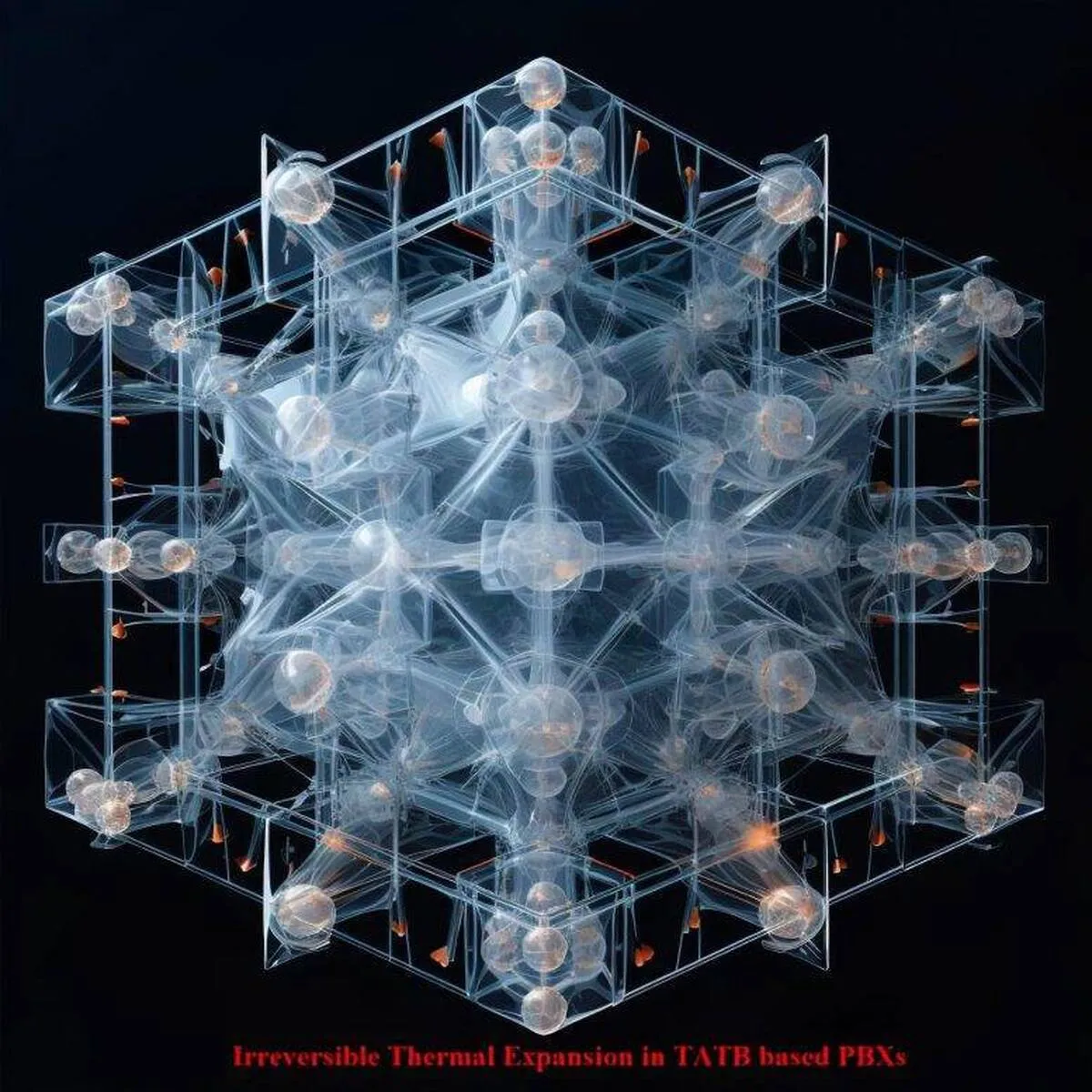Scientists Enhance Explosive Performance, Safety

Innovations in structural design and the application of negative thermal expansion materials are seen as promising approaches to mitigate these issues, the journal Energetic Materials Frontiers reported.
Polymer-bonded explosives (PBXs) with 1,3,5-triamino-2,4,6-trinitrobenzene (TATB) undergo irreversible thermal expansion under varying temperatures, resulting in reduced shape stability. This change affects their mechanical properties and safety performance during storage and usage. Recent extensive research has focused on studying the thermal expansion behavior of TATB-based explosives.
A group of researchers from China, explored the distinctive crystal structure of TAT and the thermal expansion mechanism of TATB-based PBXs. Additionally, they summarized the microstructural evolution during the thermal expansion process, and analyzed the consequential effects of thermal expansion on the overall performance of these explosives.
“More attention was paid to the influencing factors of thermal expansion and control methods. Evidently, designing a new structure of negative thermal expansion binding system, through the design of negative thermal expansion polymers or fillers and positive expansion TATB crystals, can reduce the linear expansion coefficient of PBXs,” explained the study’s lead author Cong-mei Lin. “This approach not only suppresses material thermal expansion, but also holds broad application prospects.”
Notably, suppressing the irreversible thermal expansion of TATB-based PBXs and improving the shape stability of the explosive under temperature cycling environment is important. However, effectively suppressing the thermal expansion of TATB-based PBXs remains a challenge.
“Going forward, we need to focus on the irreversible expansion mechanism of TATB-based PBXs; TATB crystal structure design and control; the design and development of new structural-functional integrated polymers; and the application of new negative thermal expansion functional materials.”
The authors believe that the development of the structural design of TATB and binder system and the application of negative thermal expansion functional materials will bring new opportunities to suppress the thermal expansion of TATB-based PBXs and enrich the modification techniques of energetic composites.
4155/v





















